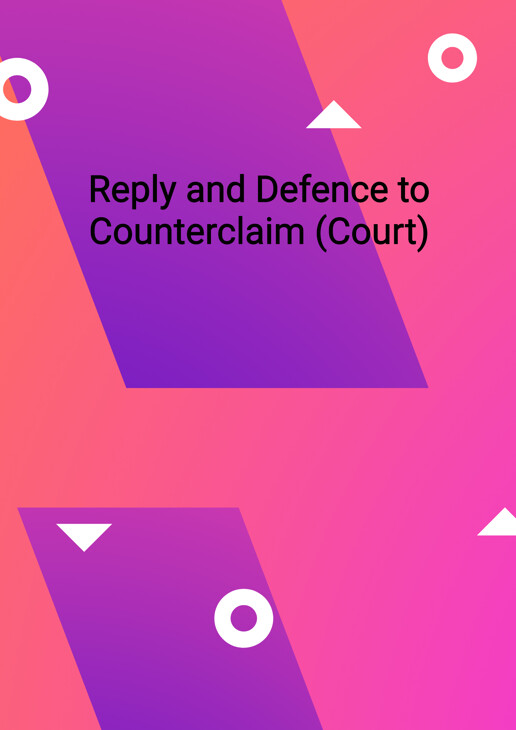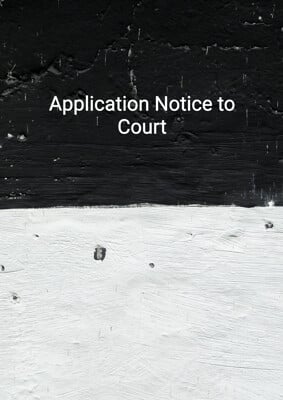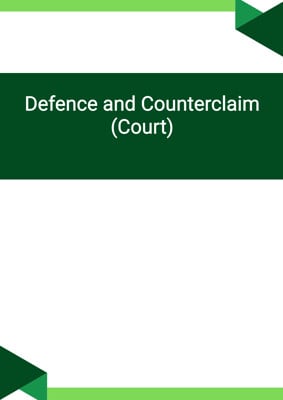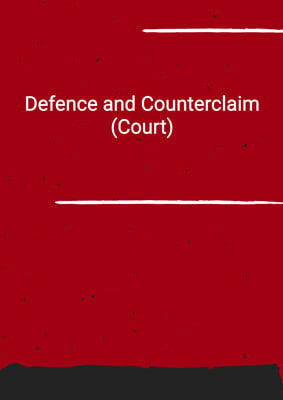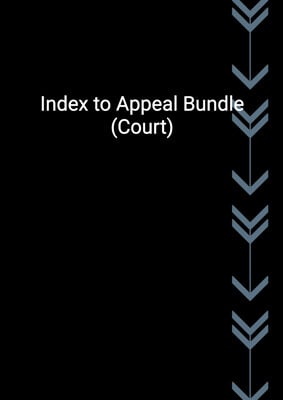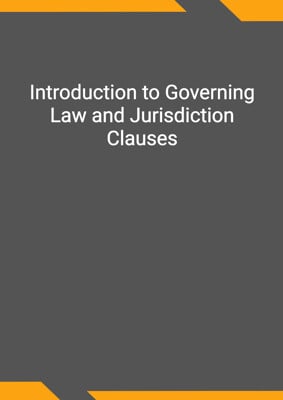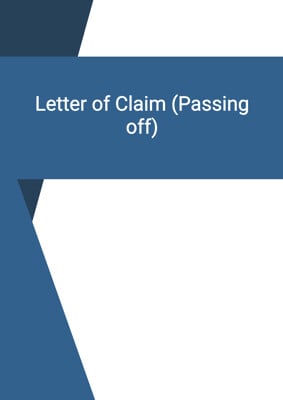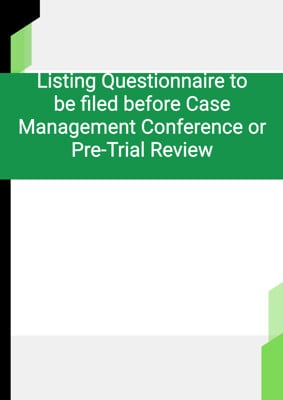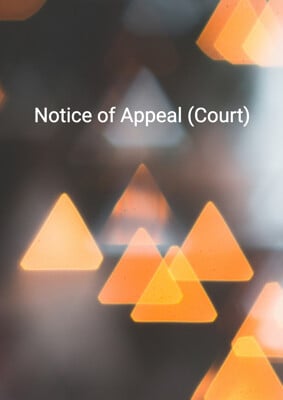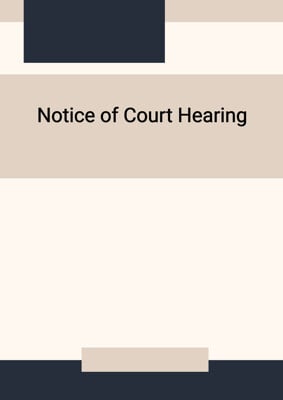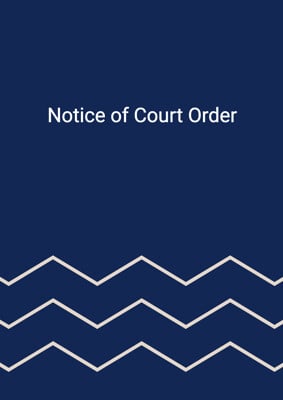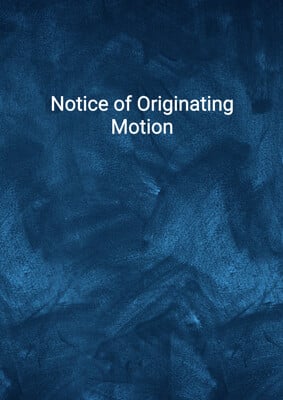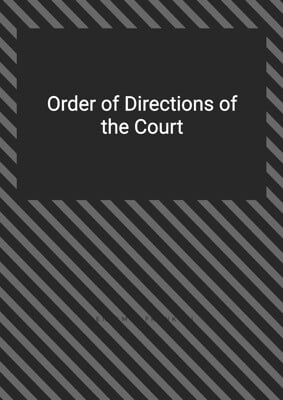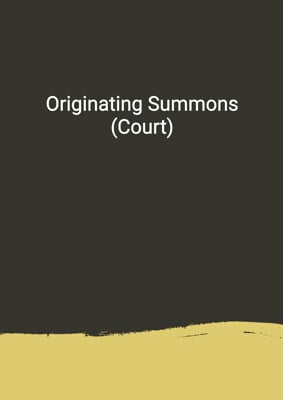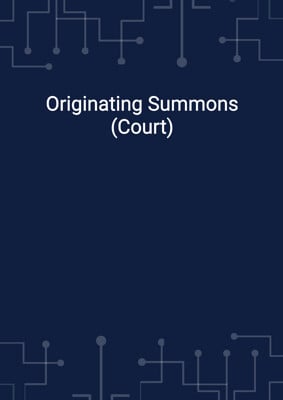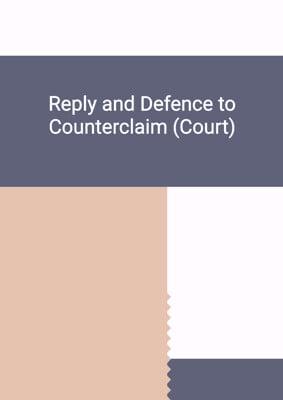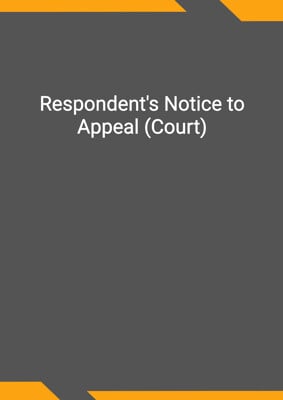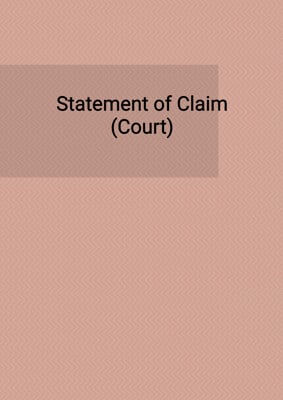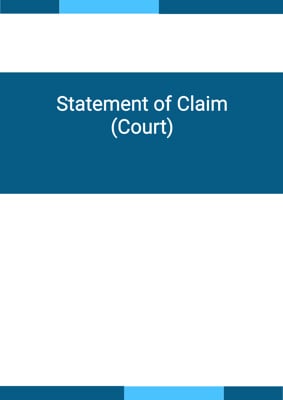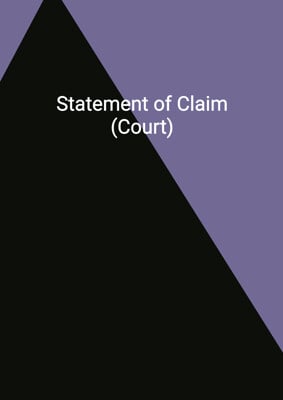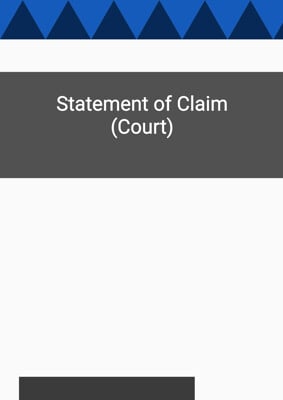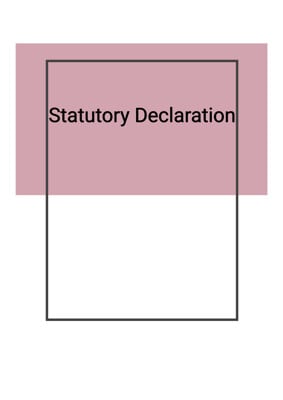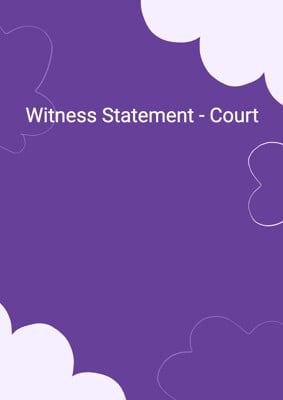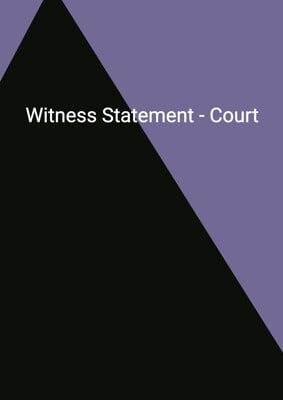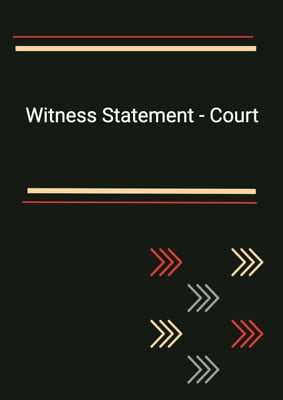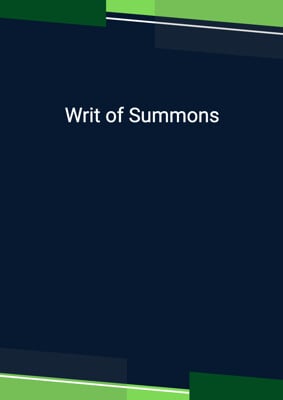How to Tailor the Document for Your Need?
01
Create Document
Click "Create Document" button and the document will be prepared with your account details automatically filled in.
02
Fill Information
Please fill in any additional information by following the step-by-step guide on the left hand side of the preview document and click the "Next" button.
03
Get Document
When you are done, click the "Get Document" button and you can download the document in Word or PDF format.
04
Review Document
Please review the document carefully and make any final modifications to ensure that the details are correct before publication / distribution.
Document Preview
Document Description
The document titled 'Reply and Defence to Counterclaim (Court)' is a legal document that is used in the court of jurisdiction state. It is a reply and defence to a counterclaim made by the defendant in a lawsuit. The document is important as it allows the plaintiff to respond to the counterclaim and present their arguments and evidence to support their case.
The entire document consists of two main sections: the reply and the defence to counterclaim. In the reply section, the plaintiff addresses the paragraphs of the defence where both parties agree, admits to the paragraphs that are true, and disputes the paragraphs where the plaintiff had not completed the work due to the defendant's failure to supply materials as agreed. The plaintiff also denies the faults of the plaintiff mentioned in the defence that are untrue.
In the defence to counterclaim section, if applicable, the plaintiff repeats their statement of claim and reply, denies the counterclaim, and states that the defendant has not suffered any loss or damage. The plaintiff concludes by stating that the defendant is not entitled to any of the reliefs claimed.
The document is dated with the current date and is filed with the court. It is signed by the plaintiff in person and includes the party's name and address for service.
How to use this document?
To use the 'Reply and Defence to Counterclaim (Court)' document, follow these steps:
1. Read the counterclaim: Carefully review the counterclaim made by the defendant to understand the allegations and claims against you.
2. Identify agreements and admissions: Identify the paragraphs in the defence where both parties agree and the paragraphs that contain admissions. These paragraphs do not require a response.
3. Respond to disputed paragraphs: For the paragraphs in dispute, admit to the plaintiff's failure to complete the work but explain that it was due to the defendant's failure to supply materials as agreed in the contract.
4. Deny untrue faults: Deny the faults of the plaintiff mentioned in the defence that are untrue, such as the quality of the works or goods.
5. Address the counterclaim (if applicable): If there is a counterclaim, repeat your statement of claim and reply, deny the counterclaim, and state that the defendant has not suffered any loss or damage.
6. Conclude the document: State that, based on the facts presented, the defendant is not entitled to any of the reliefs claimed.
7. Sign and date the document: Sign the document with the current date and file it with the court.
Note: It is recommended to seek legal advice or consult an attorney when preparing and filing legal documents to ensure compliance with the applicable laws and regulations.
Not the right document?
Don’t worry, we have thousands of documents for you to choose from:
